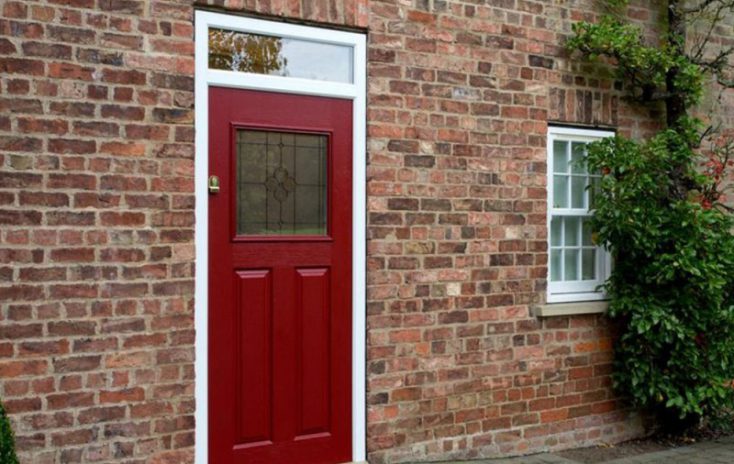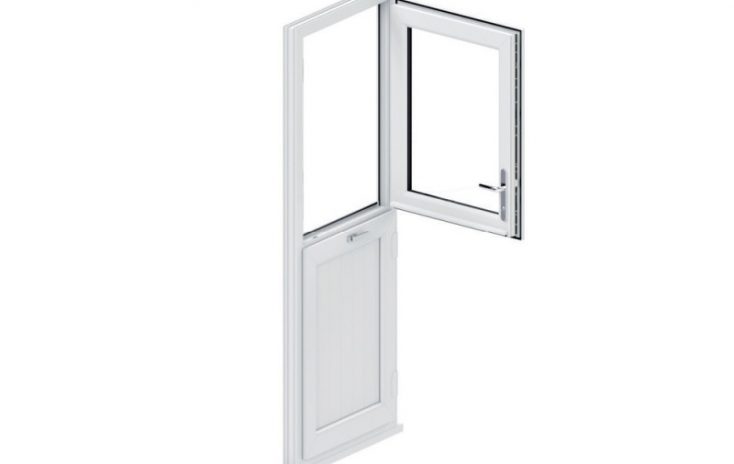As the Coronavirus (COVID-19) pandemic continues, it can seem like an uphill battle to continue business during these challenging times.
With people self-isolating to avoid the virus, and others holding back their spending due to economic uncertainty, it can be difficult to continue business in the fenstration industry.
But it doesn’t mean that business can’t continue.
In this article, we’ll take a look at how, as a double glazing installer, you can continue to do business. Some of our advice will work across other industries.
We’ll take a look at:
- Using online quoting tools
- Virtual showrooms
- Ways to reduce in-person appointments
- Digital experience
- Working remotely
Online quoting tools
Many years ago, the job of quoting for window or door installation was completed following an in-person assessment of the property with the customer.
But thanks to advances in technology, it is now possible for customers to complete a quote themselves, online, without the need for a face-to-face appointment at their property.
Depending on your supplier, different tools are available. For example, at TruFrame, we provide our customers with a tool called QuoteBuilder that allows them to add an online quoting tool to their website, whereby homeowners can specify their own windows and doors, thus generating an instant quotation.
Virtual showrooms
Building resilience and contingency is essential to ensuring business continuity during challenging times.
With consumers often wanting to visit a showroom, it’s imperative that an alternative option is available to them when this isn’t possible.
A virtual showroom can achieve this. A virtual showroom can show consumers what styles and colours of products are available, allowing them to better visualise how the products could look on their property.
This can be achieved in various ways, including:
- Lifestyle photography of how different products look in different settings
- Virtual tour of a physical showroom (e.g via Google Maps)
- Online brochures
- Specialised online tools that allow homeowners to apply a product to their property using a mobile device or picture, providing a realistic view of what it could look like
Reducing in-person appointments
Some people prefer to do things wholly online, or as far as they can, and particularly in these more pressing times, reducing the number of face-to-face interactions is important.
There are many ways to reduce the number of appointments needed, which can include:
- Audio or video conferencing with potential customers
- Online contract signing
- Online payments (e.g bank transfers)
- Email or telephone communication
Digital experience
Above all, these measures lead to the digital experience you offer to your customers.
As consumers increasingly become more tech-savvy, a strong digital experience can lead to more enquiries – and an improved overall service – which, ultimately, can lead to more positive customer reviews.
Putting the above measures in place will aid in this experience, but the main area where all of this comes together is your website. A website that delivers a unified experience of online quoting, a virtual showroom, informative, and easy-to-find contact details, will work to convert more visitors into enquiries.
Employees working remotely or from home
With the UK Government advising people to “work from home” where possible, businesses that haven’t performed this in the past can find it tricky to facilitate it.
But there are numerous tools and ways of working that allow working from home to be far easier than first thought.
Below we take a look at 2 main areas, managing documents, and communicating with colleagues.
Document management
When working remotely, it is important to be able to access your documents (and share them with colleagues) from wherever you are.
There are a number of tools that can make this easy, including:
- G Suite (Google Docs/Google Drive)
- Microsoft Office 365
- Dropbox
G Suite and Office 365 offer document creation, editing, and management, whereas Dropbox allows the storage of files and documents.
Communication
Working remotely can pose challenges to communicating with colleagues, but it does have to be so challenging.
Whilst email and phone calls are still available, there are also more dedicated tools, such as:
- Slack
- Microsoft Teams
- Google Hangouts Meet
These tools allow audio and video conferencing, as well as text messaging, sharing of documents, and more. All of this makes it just as easy to communicate as if you were physically present.
At TruFrame, we believe in helping our customers to succeed no matter the challenges faced. We hope that this article will help in putting in place contingency plans to keep your business running.



